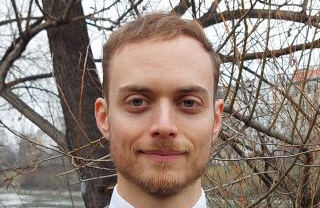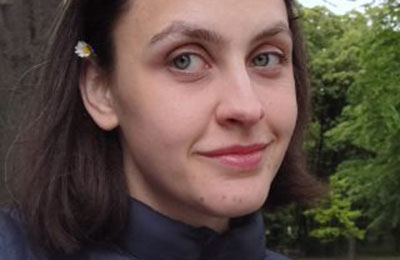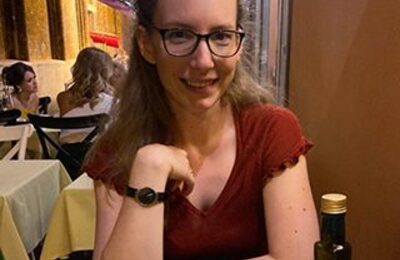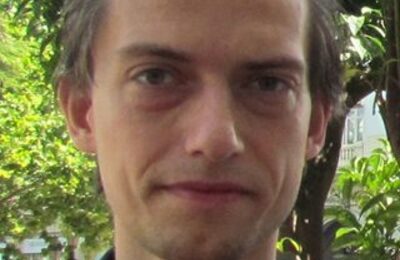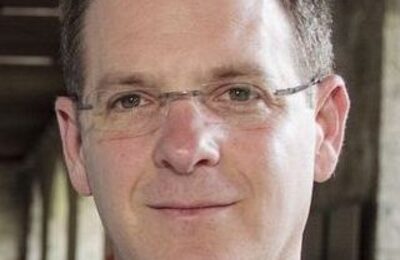Florian EXLER
I am a PhD student working on a cooperative project between the Department of Environmental Geosciences and the Department of Evolutionary Anthropology. With a background in chemistry, my research focuses on enhancing lab methods to refine and improve the recovery rates and quality of ancient DNA (aDNA) data. In this context, I also investigate the sources of aDNA and the factors that may influence its preservation. While my work is primarily focused on sedimentary ancient DNA (sedaDNA), my approach also contributes to the study of aDNA from a variety of sources, broadening its potential applications in environmental and archaeological research.
